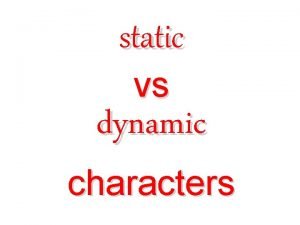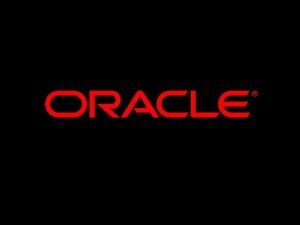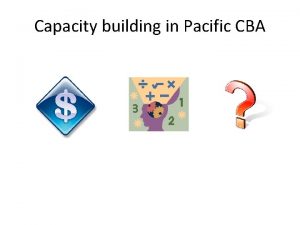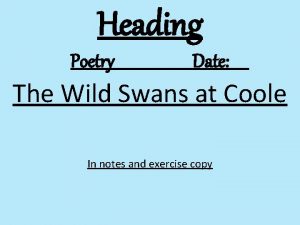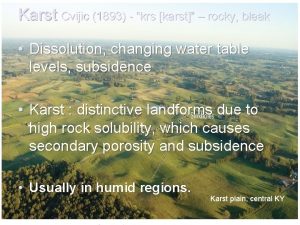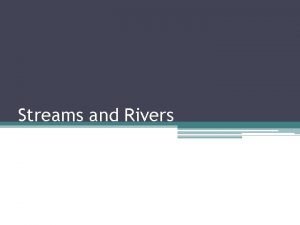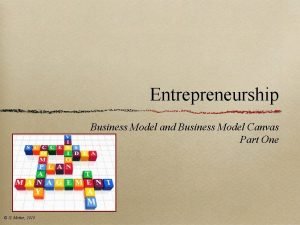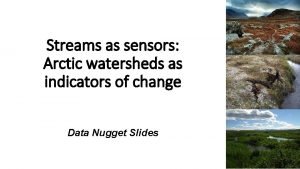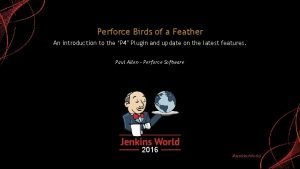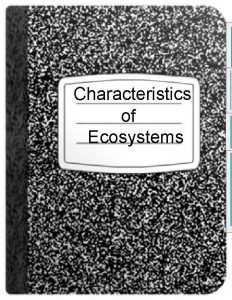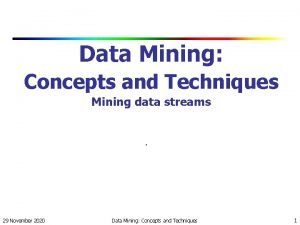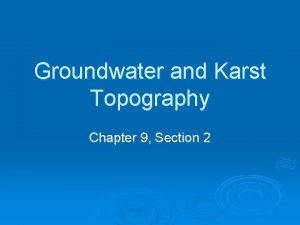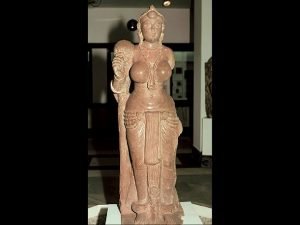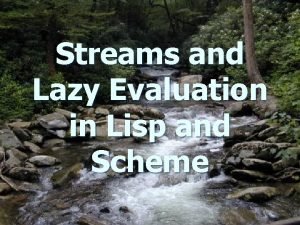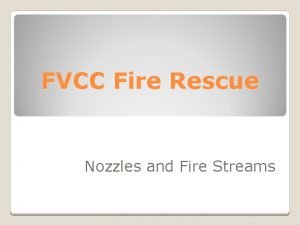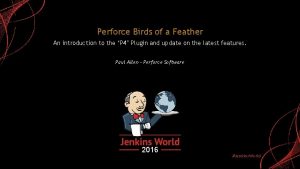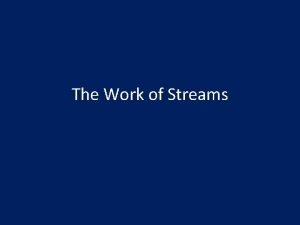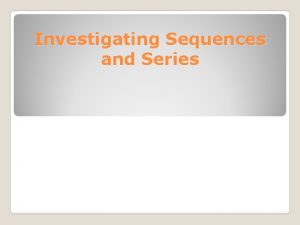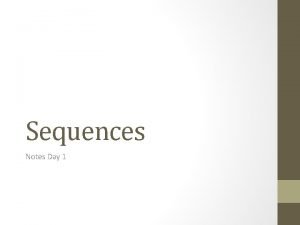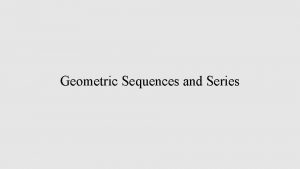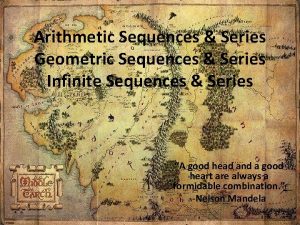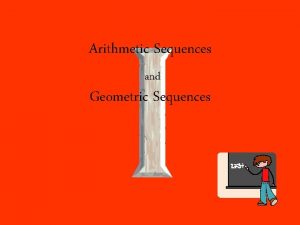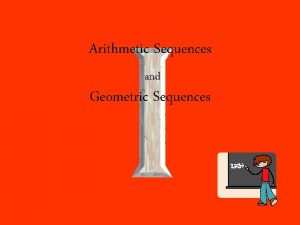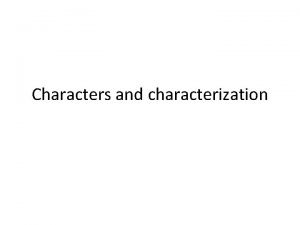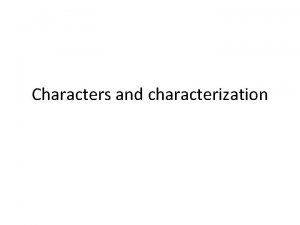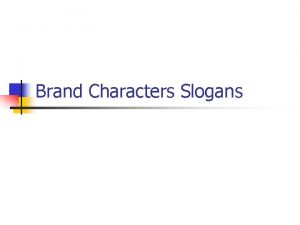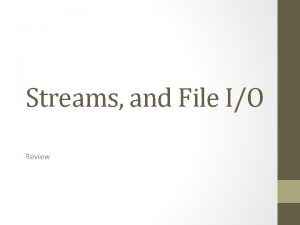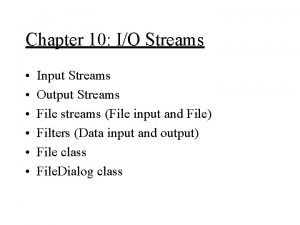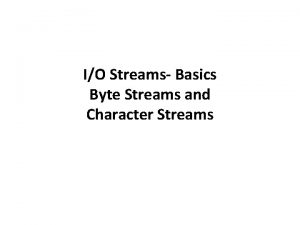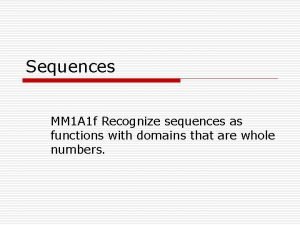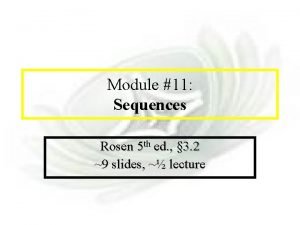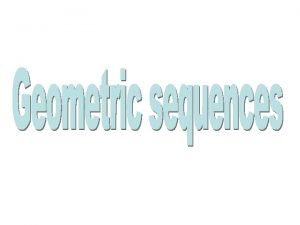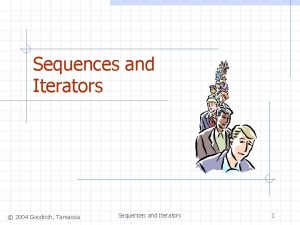1 9 2 Streams Streams Sequences of characters



















- Slides: 19

1 9. 2 Streams • Streams – Sequences of characters organized into lines • Each line consists of zero or more characters and ends with newline character • ANSI C must support lines of at least 254 characters – Performs all input and output – Can often be redirected • • Standard input – keyboard Standard output – screen Standard error – screen More in Chapter 11 © Copyright 1992– 2004 by Deitel & Associates, Inc. and Pearson Education Inc. All Rights Reserved.

2 9. 3 Formatting Output with printf • printf – Precise output formatting • Conversion specifications: flags, field widths, precisions, etc. – Can perform rounding, aligning columns, right/left justification, inserting literal characters, exponential format, hexadecimal format, and fixed width and precision • Format – printf( format-control-string, other-arguments ); – Format control string: describes output format – Other-arguments: correspond to each conversion specification in format-control-string • Each specification begins with a percent sign(%), ends with conversion specifier © Copyright 1992– 2004 by Deitel & Associates, Inc. and Pearson Education Inc. All Rights Reserved.

3 9. 4 Printing Integers © Copyright 1992– 2004 by Deitel & Associates, Inc. and Pearson Education Inc. All Rights Reserved.

4 9. 4 Printing Integers • Integer – Whole number (no decimal point): 25, 0, -9 – Positive, negative, or zero – Only minus sign prints by default (later we shall change this) © Copyright 1992– 2004 by Deitel & Associates, Inc. and Pearson Education Inc. All Rights Reserved.

5 9. 5 Printing Floating-Point Numbers • Floating Point Numbers – Have a decimal point (33. 5) – Exponential notation (computer's version of scientific notation) • 150. 3 is 1. 503 x 10² in scientific • 150. 3 is 1. 503 E+02 in exponential (E stands for exponent) • use e or E – f – print floating point with at least one digit to left of decimal – g (or G) - prints in f or e with no trailing zeros (1. 2300 becomes 1. 23) • Use exponential if exponent less than -4, or greater than or equal to precision (6 digits by default) © Copyright 1992– 2004 by Deitel & Associates, Inc. and Pearson Education Inc. All Rights Reserved.

6 9. 5 Printing Floating-Point Numbers © Copyright 1992– 2004 by Deitel & Associates, Inc. and Pearson Education Inc. All Rights Reserved.

7 9. 6 Printing Strings and Characters • c – Prints char argument – Cannot be used to print the first character of a string • s – Requires a pointer to char as an argument – Prints characters until NULL ('�') encountered – Cannot print a char argument • Remember – Single quotes for character constants ('z') – Double quotes for strings "z" (which actually contains two characters, 'z' and '�') © Copyright 1992– 2004 by Deitel & Associates, Inc. and Pearson Education Inc. All Rights Reserved.

8 9. 7 Other Conversion Specifiers • p – Displays pointer value (address) • n – Stores number of characters already output by current printf statement – Takes a pointer to an integer as an argument – Nothing printed by a %n specification – Every printf call returns a value • Number of characters output • Negative number if error occurs • % – Prints a percent sign – %% © Copyright 1992– 2004 by Deitel & Associates, Inc. and Pearson Education Inc. All Rights Reserved.

9 9. 7 Other Conversion Specifiers © Copyright 1992– 2004 by Deitel & Associates, Inc. and Pearson Education Inc. All Rights Reserved.

9. 8 Printing with Field Widths and Precisions • Field width – Size of field in which data is printed – If width larger than data, default right justified • If field width too small, increases to fit data • Minus sign uses one character position in field – Integer width inserted between % and conversion specifier – %4 d – field width of 4 © Copyright 1992– 2004 by Deitel & Associates, Inc. and Pearson Education Inc. All Rights Reserved. 10

9. 8 Printing with Field Widths and Precisions • Precision – Meaning varies depending on data type – Integers (default 1) • Minimum number of digits to print – If data too small, prefixed with zeros – Floating point • Number of digits to appear after decimal (e and f) – For g – maximum number of significant digits – Strings • Maximum number of characters to be written from string – Format • Use a dot (. ) then precision number after % %. 3 f © Copyright 1992– 2004 by Deitel & Associates, Inc. and Pearson Education Inc. All Rights Reserved. 11

9. 8 Printing with Field Widths and Precisions • Field width and precision – Can both be specified • %width. precision %5. 3 f – – Negative field width – left justified Positive field width – right justified Precision must be positive Can use integer expressions to determine field width and precision values • Place an asterisk (*) in place of the field width or precision – Matched to an int argument in argument list • Example: printf( "%*. *f", 7, 2, 98. 736 ); © Copyright 1992– 2004 by Deitel & Associates, Inc. and Pearson Education Inc. All Rights Reserved. 12

9. 9 • Flags Using Flags in the printf Format-Control String – Supplement formatting capabilities – Place flag immediately to the right of percent sign – Several flags may be combined © Copyright 1992– 2004 by Deitel & Associates, Inc. and Pearson Education Inc. All Rights Reserved. 13

9. 10 Printing Literals and Escape Sequences • Printing Literals – Most characters can be printed – Certain "problem" characters, such as the quotation mark " – Must be represented by escape sequences • Represented by a backslash followed by an escape character © Copyright 1992– 2004 by Deitel & Associates, Inc. and Pearson Education Inc. All Rights Reserved. 14

9. 10 Printing Literals and Escape Sequences © Copyright 1992– 2004 by Deitel & Associates, Inc. and Pearson Education Inc. All Rights Reserved. 15

16 9. 11 Formatting Input with scanf © Copyright 1992– 2004 by Deitel & Associates, Inc. and Pearson Education Inc. All Rights Reserved.

17 9. 11 Formatting Input with scanf © Copyright 1992– 2004 by Deitel & Associates, Inc. and Pearson Education Inc. All Rights Reserved.

18 9. 11 Formatting Input with scanf • scanf – Input formatting – Capabilities • Input all types of data • Input specific characters • Skip specific characters • Format – scanf(format-control-string, other-arguments); – Format-control-string • Describes formats of inputs – Other-arguments • Pointers to variables where input will be stored – Can include field widths to read a specific number of characters from the stream © Copyright 1992– 2004 by Deitel & Associates, Inc. and Pearson Education Inc. All Rights Reserved.

19 9. 11 Formatting Input with scanf • Scan sets – Set of characters enclosed in square brackets [] • Preceded by % sign – Scans input stream, looking only for characters in scan set • Whenever a match occurs, stores character in specified array • Stops scanning once a character not in the scan set is found – Inverted scan sets • Use a caret ^: [^aeiou] • Causes characters not in the scan set to be stored • Skipping characters – Include character to skip in format control – Or, use * (assignment suppression character) • Skips any type of character without storing it © Copyright 1992– 2004 by Deitel & Associates, Inc. and Pearson Education Inc. All Rights Reserved.
 Confidante character
Confidante character Oracle streams
Oracle streams Cba streams
Cba streams The nineteenth autumn has come upon me
The nineteenth autumn has come upon me Poljes
Poljes Types of bodys of water
Types of bodys of water Lego revenue streams
Lego revenue streams Data nugget streams as sensors answers
Data nugget streams as sensors answers Perforce virtual streams
Perforce virtual streams High gradient stream
High gradient stream Bill nye rivers and streams answers
Bill nye rivers and streams answers Here i bow down here i bow down
Here i bow down here i bow down Basic concepts in mining data streams
Basic concepts in mining data streams Disappearing streams karst topography
Disappearing streams karst topography Travelers among mountains and streams
Travelers among mountains and streams Snull
Snull Tim craddock
Tim craddock Broken stream fire fighting
Broken stream fire fighting Perforce virtual streams
Perforce virtual streams Most streams carry the largest part of their load
Most streams carry the largest part of their load
